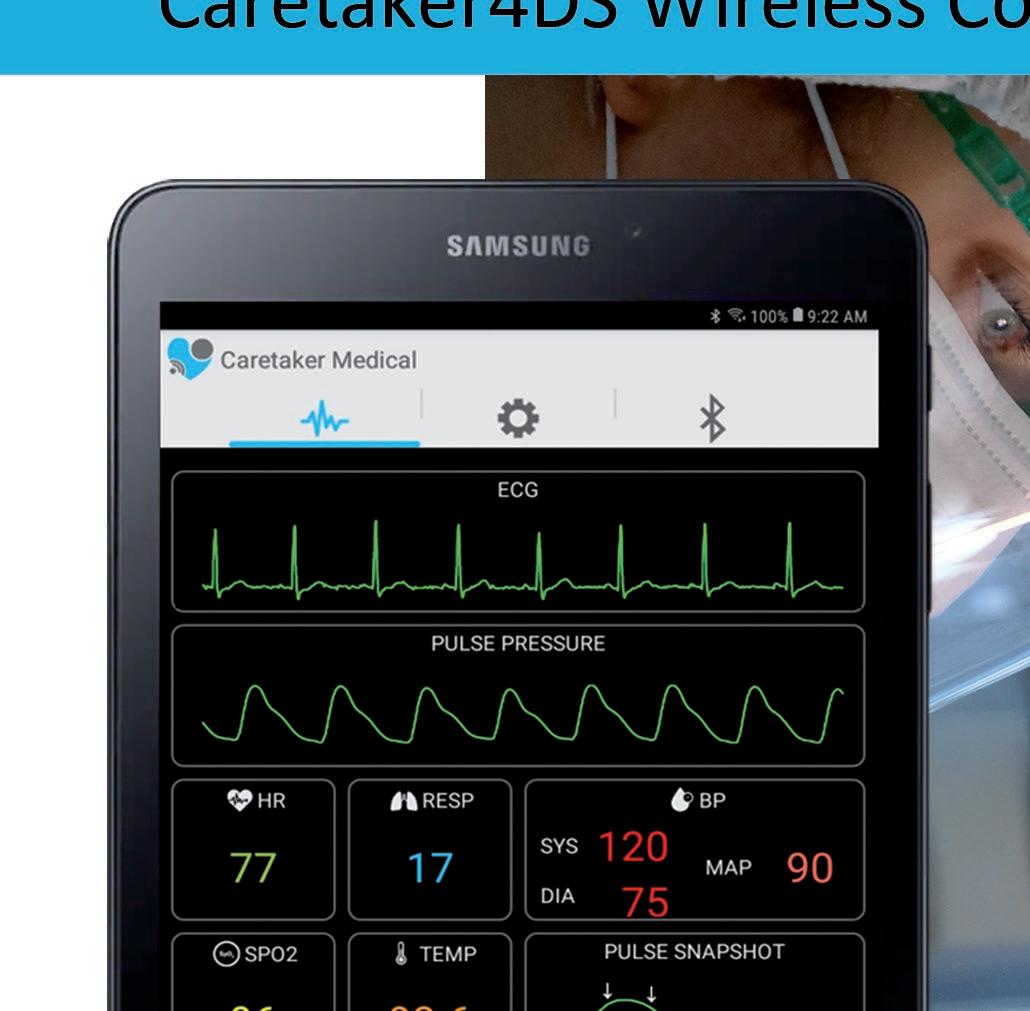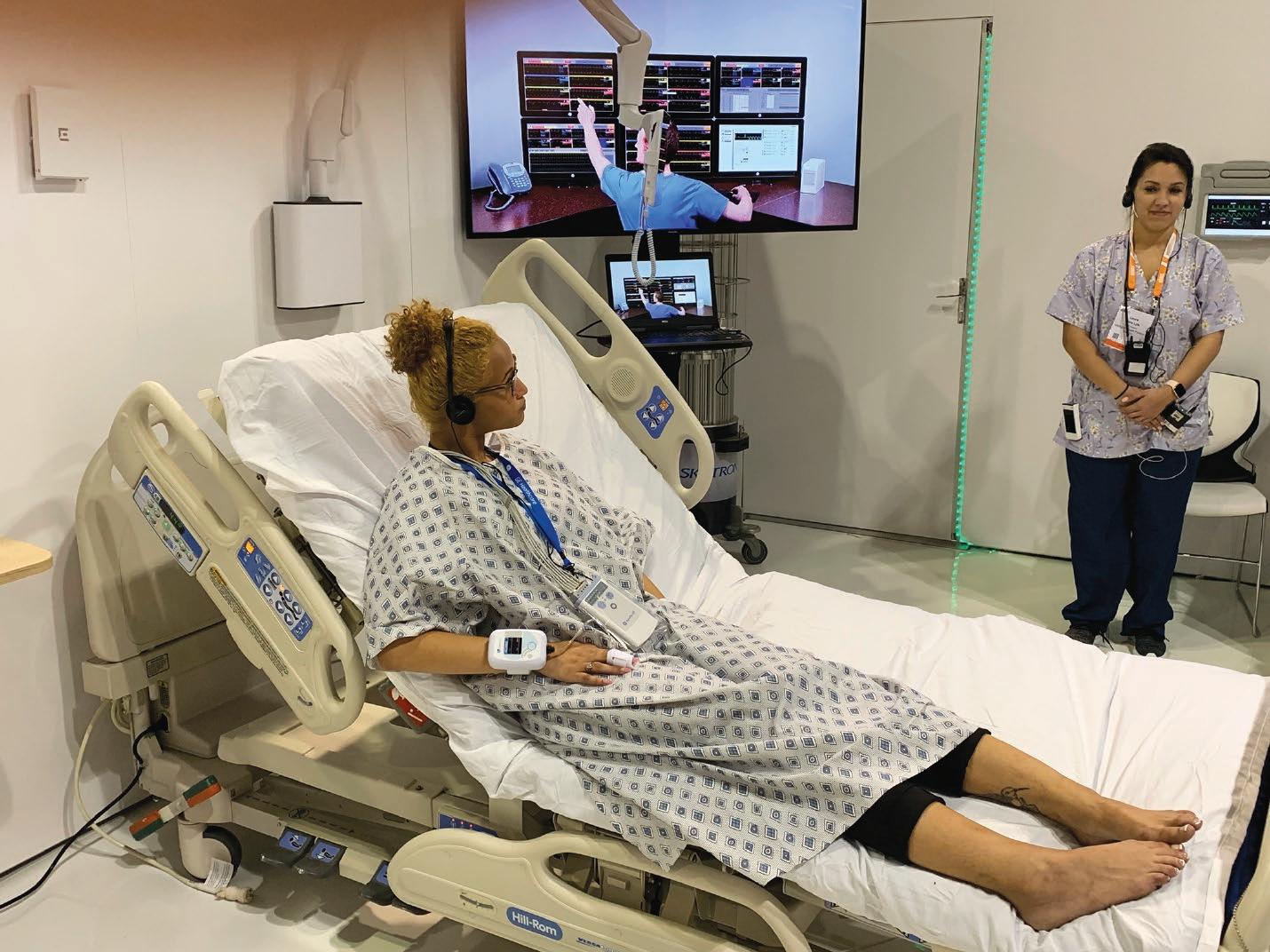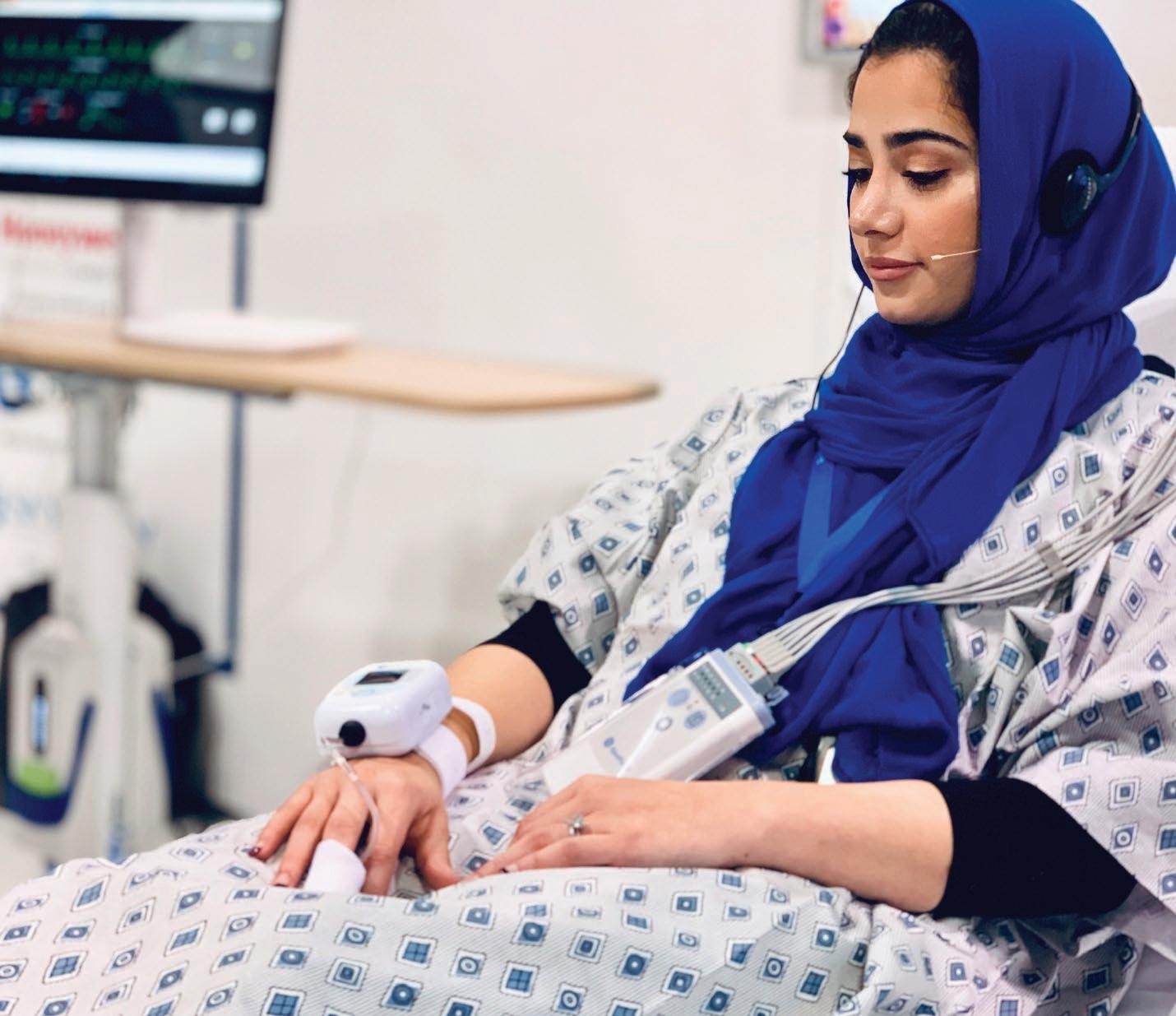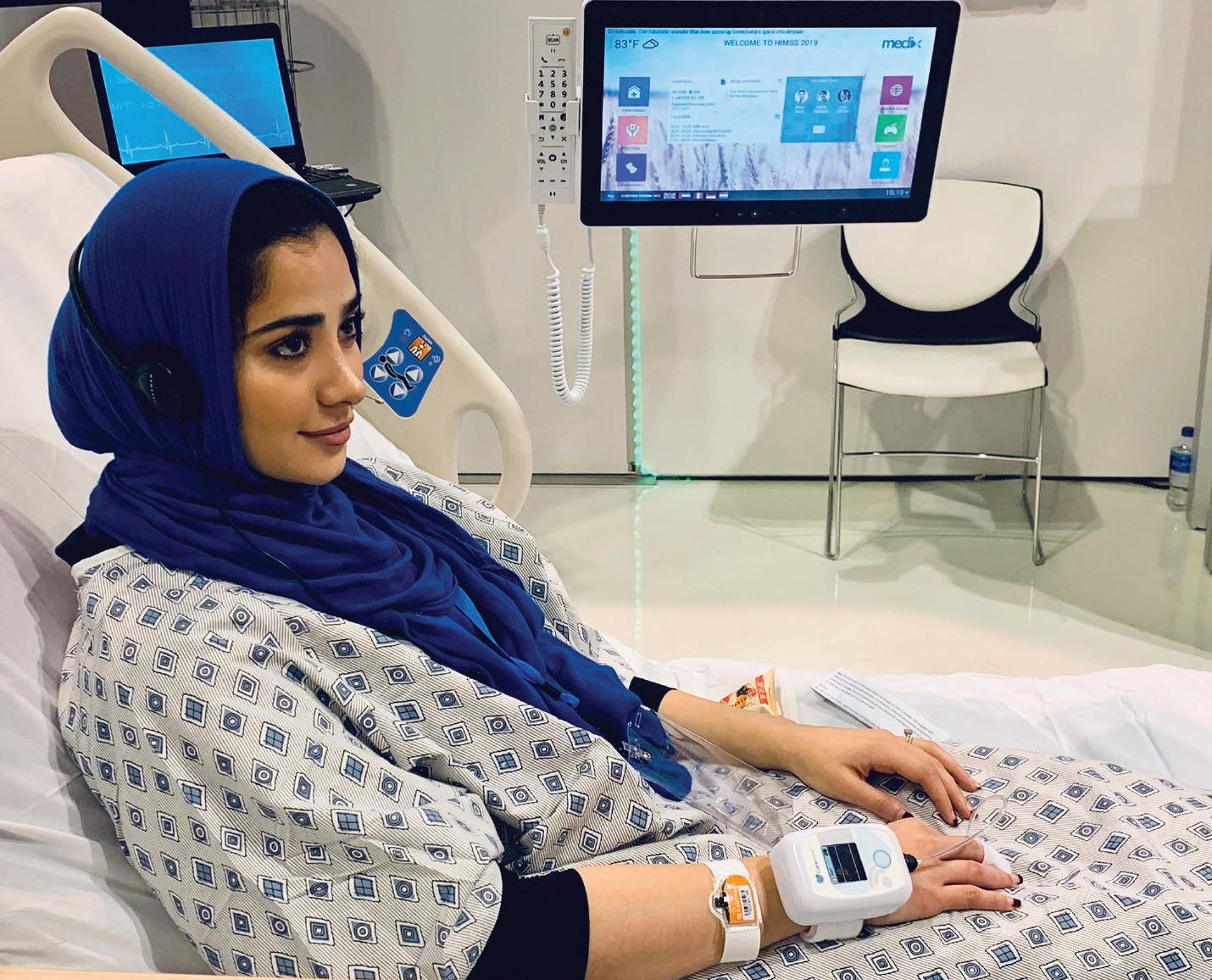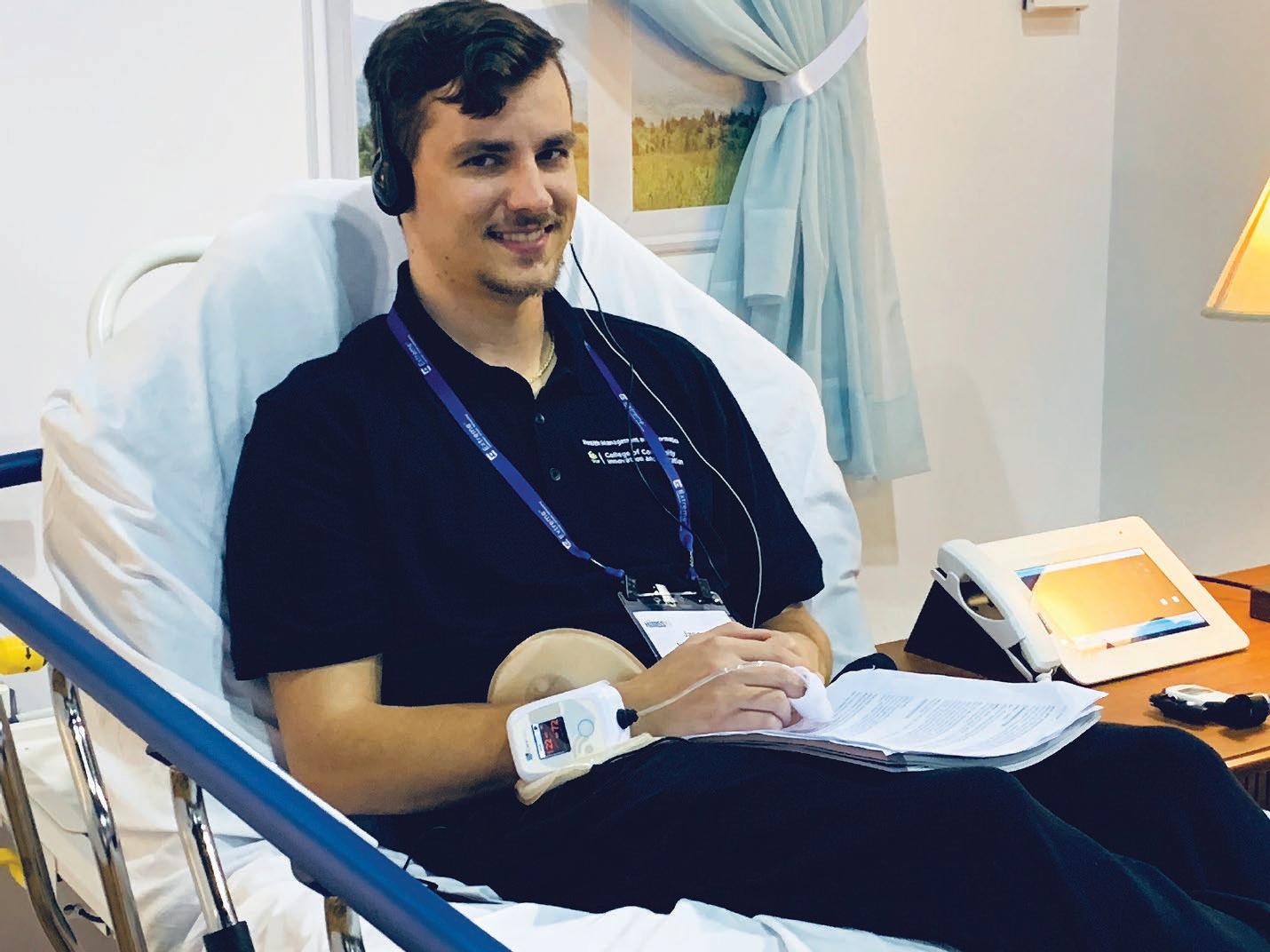SPECIAL REPORT: ADVANCES IN WIRELESS VITAL SIGNS MONITORING
Wireless and an Evolving Healthcare Environment John Hancock, Editor A monitoring system that matches patient, clinician and healthcare priorities
With the older population growing rapidly, along with the numbers suffering chronic health problems, and a growing pay and drugs bill, demands on the health service will only continue to grow
W
E’VE LOOKED at the importance not just of monitoring but also of how it is carried out; and we’ve looked at some of the pressures challenging healthcare systems and, broadly, what sort of changes might help to tackle those challenges. Those challenges are summed up by The Health Foundation31, “With the older population growing rapidly, along with the numbers suffering chronic health problems, and a growing pay and drugs bill, demands on the health service will only continue to grow. Just to keep the NHS providing the level of service it does today will require us to increase spending by an average 3.3% a year for the next 15 years [which] would take health spending from 7.3% of national income today to 8.9% of national income by 2033/34.” In this article, we’ll look at one developments and how it might be useful in helping to address the challenges outlined above.
Clinical and Best Practice Guidelines The NICE (National Institute for Health and Care Excellence) Guidance, ‘Improving the detection and response to patient deterioration’32, “requires that all adult patients in hospital have (i) a clear written monitoring plan specifying which vital signs should be recorded (and at what frequency), (ii) their severity of illness measured using a physiological early warning score (EWS) and (iii) a graded response strategy.” As long ago as 2012, a group of senior clinicians in the NHS33 called for the standardization of monitoring vital signs across the system which led to the establishment of the National Early Warning Score (NEWS). NHS England34 recorded that implementation of NEWS had, “significantly improved patient safety and outcomes, improved staff experience, and streamlined and standardized handovers which has increased time spent caring for patients.”
Wireless Vital Signs Monitoring One area where the NHS has shown interest in order to be able to match those clinical best 12 |WWW.HOSPITALREPORTS.EU
practice guidelines has been the use of wireless vital signs monitoring. In 2015, The Telegraph reported the, ‘End of the thermometer as first NHS hospital trials wireless monitoring.’35 The article opened with, “The era of a nurse diligently making the rounds with a thermometer may be coming to an end after a British hospital began trialing new technology which monitors vital signs remotely.” and continued to set out the benefits of such a system. Those benefits include the frequency with which a wireless system can ‘report’ to a nurse, thus minimizing the risk of a patient’s deterioration between vital signs monitoring events going unnoticed until too much time has passed. It can also free the nurse to spend more time on treatment with less time needed to conduct vital signs monitoring than would have been the case with traditional methods. Remote and wireless vital signs monitoring can also allow some patients to be discharged earlier with monitoring able to continue in their home environment. That is a good outcome for the patient and for the budget at the healthcare facility. As such possibilities for wireless monitoring of vital signs become possible, the requirements for viable and cost-effective solutions are evolving to take advantage of improving capabilities. For instance, along with wireless monitoring have come wearable sensors that can record vital signs information without the intrusive nature of traditional equipment and methods. Although not exclusively so, such technology is particularly applicable when dealing with older patients whose vital signs might well need to be monitored but whose health does not otherwise justify them being in a hospital bed. ‘Sensors’36 on NCBI explains, “Such systems equipped with non-invasive and unobtrusive wearable sensors can be viable diagnostic tools to the healthcare personnel for monitoring important physiological signs and activities of the patients in real-time…” And, of course, in all this, we mustn’t forget the patient. ResearchGate’s ‘Review of Vital Signs Monitoring Systems – Patient’s Acceptability Issues and Challenges’37 concludes, “… that despite some limitations commented by patients

